
- -What Is a Pressure Relief Valve and Why Is It Important?
- -Signs of a Faulty Pressure Relief Valve
- -Step-by-Step Guide to Replacing a Faulty Pressure Relief Valve
- -Common Mistakes to Avoid When Replacing a Pressure Relief Valve
- -Why Regular Maintenance of Your Pressure Relief Valve Is Essential
1. What Is a Pressure Relief Valve and Why Is It Important?
A pressure relief valve (PRV) is a critical safety device in your plumbing system, particularly in water heaters. Its primary function is to prevent excessive pressure buildup inside your water heater by releasing water when the pressure becomes too high. If left unchecked, excessive pressure can cause your water heater to overheat, potentially leading to a dangerous explosion.
The pressure relief valve ensures that your system stays within safe operational limits, thus protecting your home and preventing costly repairs. Over time, however, the valve may fail due to wear and tear, mineral buildup, or corrosion. This is why it’s essential to monitor the condition of your pressure relief valve regularly and replace it when necessary.
2. Signs of a Faulty Pressure Relief Valve
Ignoring a faulty pressure relief valve can lead to serious issues, so it’s important to know when it’s time for a replacement. Here are some common signs that your pressure relief valve may be malfunctioning:

Royal Plumbing Emergency Services Valley Village
Los AngelesLos Angeles CountyCalifornia
12424 Magnolia Blvd, Valley Village, CA 91607, USA
1. Leaking Water
If you notice water leaking from the discharge pipe attached to the valve, it’s a clear sign that the valve is no longer functioning properly. A small amount of water may be normal, but consistent leakage means that the valve isn’t regulating the pressure effectively.
2. No Hot Water
If your water heater is failing to produce hot water, a faulty pressure relief valve may be the culprit. The valve could be blocking the flow of water due to high pressure, preventing the heater from functioning as it should.
3. Abnormal Noises
Unusual sounds coming from your water heater, such as popping or banging noises, could indicate that there’s a buildup of pressure inside the tank. This can happen if the pressure relief valve isn’t working correctly, causing the system to become unstable.
3. Step-by-Step Guide to Replacing a Faulty Pressure Relief Valve
Replacing a faulty pressure relief valve is a straightforward process, but it requires some basic plumbing knowledge and tools. Follow these steps to replace your valve:
1. Turn Off the Water Supply and Power
Before beginning any repairs, turn off the water supply to the water heater and disconnect the power source. For electric water heaters, switch off the circuit breaker; for gas water heaters, turn off the gas valve. This step is crucial for your safety.
2. Drain the Water Heater
Next, drain the water heater by opening the drain valve and allowing the water to flow out. This step ensures that you won’t have any excess water spilling when removing the faulty pressure relief valve. Be sure to have a bucket or container to catch the draining water.
3. Locate the Pressure Relief Valve
The pressure relief valve is typically located near the top or side of the water heater tank. It will have a discharge pipe attached, which you can trace to the valve. Once you locate it, you’re ready to remove the old valve.
4. Remove the Faulty Valve
Use a wrench to loosen and remove the faulty valve. Be cautious, as there may still be water in the system. Once removed, inspect the valve to ensure it is the source of the issue.
5. Install the New Pressure Relief Valve
Take your new pressure relief valve and carefully screw it into the valve opening, making sure it is tightly sealed. Ensure that the discharge pipe is properly reattached and securely fastened to the valve.
6. Test the New Valve
Once the new valve is installed, turn the water supply back on and allow the tank to fill. Check the valve for leaks and ensure that it is functioning properly. You should also test the water heater to ensure it’s heating water as expected.
4. Common Mistakes to Avoid When Replacing a Pressure Relief Valve
While replacing a pressure relief valve is relatively simple, there are some common mistakes you should avoid to ensure that the job is done correctly:
1. Failing to Turn Off the Power and Water
It’s essential to turn off both the water supply and the power source before attempting any repair. Failing to do so can result in electrical shock or water damage.
2. Using the Wrong Valve Size
Make sure to purchase the correct replacement valve that matches your water heater’s specifications. Using the wrong size can lead to leaks or improper pressure regulation.
3. Not Checking for Additional Issues
Sometimes a faulty pressure relief valve is just a symptom of a larger issue, such as high water pressure or a buildup of sediment in the tank. It’s important to check the entire system to ensure that there are no underlying problems that could cause future issues.
5. Why Regular Maintenance of Your Pressure Relief Valve Is Essential
Maintaining your pressure relief valve is crucial for the safety and longevity of your water heater. Regular maintenance, including inspecting the valve, testing its functionality, and replacing it when needed, helps ensure that your water heater operates efficiently and safely.
Regular checks also help prevent emergency situations, such as leaks or bursts, that can cause water damage and costly repairs. For peace of mind, schedule an annual inspection of your pressure relief valve to catch potential issues before they become major problems.
If you’re in need of high-quality replacement parts or professional plumbing services, visit Plumbers Supply Hub for expert recommendations and reliable products to keep your plumbing system in top shape.


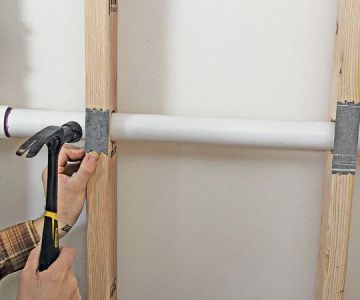

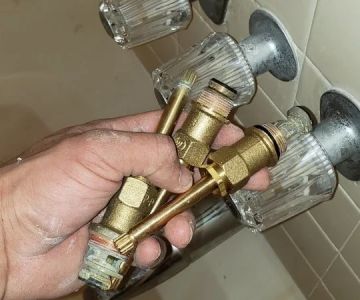
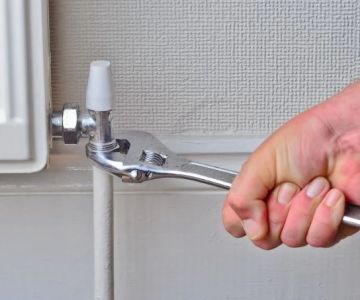
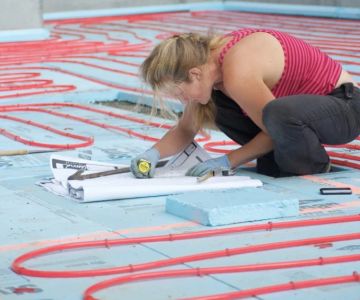
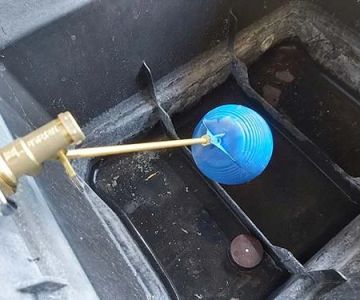
 PSP Plumbing And Sewer, Inc4.0 (35 reviews)
PSP Plumbing And Sewer, Inc4.0 (35 reviews) A One Plumbing Service Rancho Cucamonga5.0 (7 reviews)
A One Plumbing Service Rancho Cucamonga5.0 (7 reviews) Tracy Duncan Plumbing3.0 (7 reviews)
Tracy Duncan Plumbing3.0 (7 reviews) Drain Monkeys4.0 (107 reviews)
Drain Monkeys4.0 (107 reviews)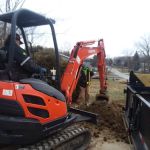 Downing Plumbing4.0 (176 reviews)
Downing Plumbing4.0 (176 reviews) Daniel T Thornton Plumbing3.0 (6 reviews)
Daniel T Thornton Plumbing3.0 (6 reviews)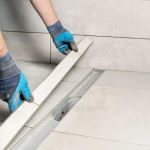 How to Replace an In-Wall Shower Drain: Step-by-Step Guide
How to Replace an In-Wall Shower Drain: Step-by-Step Guide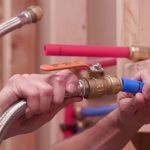 How to Replace Copper Pipes With PEX Safely | Plumbers Supply Hub
How to Replace Copper Pipes With PEX Safely | Plumbers Supply Hub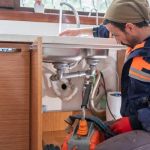 The Complete Guide to Replacing a Kitchen Sink Drain
The Complete Guide to Replacing a Kitchen Sink Drain How to Clean Out a Septic Tank Safely and Effectively
How to Clean Out a Septic Tank Safely and Effectively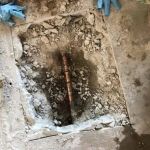 How to Detect a Hidden Slab Leak: A Complete Guide for Homeowners
How to Detect a Hidden Slab Leak: A Complete Guide for Homeowners How to Choose a Reliable Plumber for Emergency Repairs
How to Choose a Reliable Plumber for Emergency Repairs